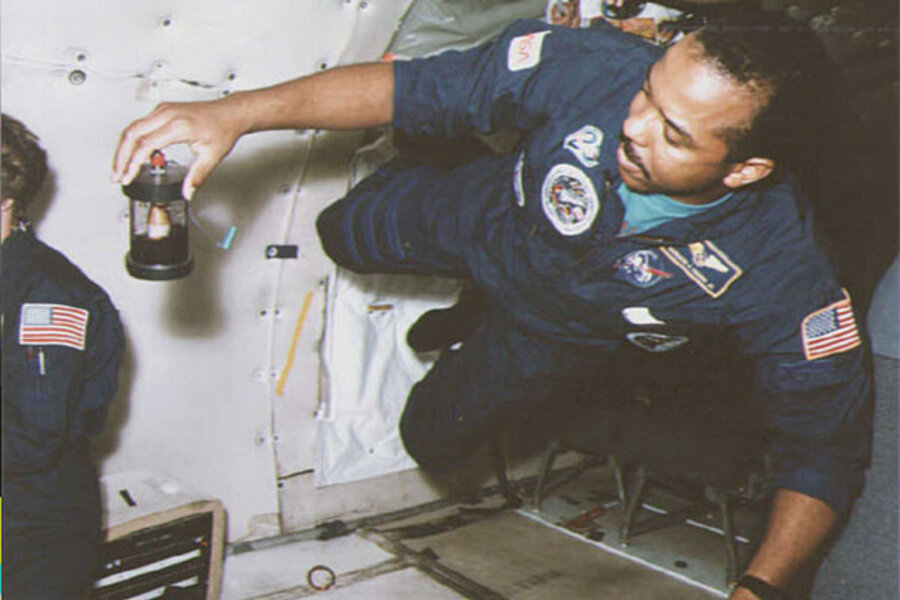In 1985, special modified cans of Coca-Cola and Pepsi soda rode aboard the space shuttle Challenger on its STS-51F mission. The trip added more fuel to the so-called "Cola Wars" between the Coca-Cola Company and Pepsi, Co.
"Originally, only Coca-Cola was scheduled to fly," said Robert Pearlman, editor of collectSPACE.com, a website that tracks space-flown artifacts, and a SPACE.com contributor. "In addition to their desire to offer carbonated beverages for astronauts, Coca-Cola was also observing the effects of spaceflight on changes in taste perception with the goal of understanding altered tastes among target populations on Earth, such as the elderly."
"When Pepsico Inc. learned Coca-Cola was aboard, they approached NASA to fly as well, and quickly devised their own shaving cream can-inspired design," said Pearlman.
The cans, which were officially dubbed the Carbonated Beverage Dispenser Evaluation payload, were part of an experiment by the two soft drink giants to test packaging and methods of dispensing the liquids in a microgravity environment.
At the end of Challenger's mission, however, the astronaut crewmembers deemed the experiment a failure due to the lack of refrigeration and insufficient protection from microgravity effects. [Most Memorable Space Shuttle Missions]
Coca-Cola later flew a dispenser specially designed for microgravity to give astronauts the opportunity to enjoy Coke and Diet Coke in space. The dispenser flew during the space shuttle Discovery's STS-63 mission in 1995. The beverages were dispensed into sealed drinking cups and the liquid was chilled on the spot using cooling coils attached to the storage container.
A second-generation dispenser was also flown on Endeavour's STS-77 mission in 1996. This version held Coke, Diet Coke and Powerade, an energy drink. The device, however, did not work as expected on orbit.





